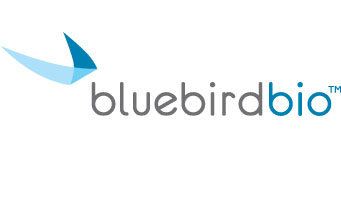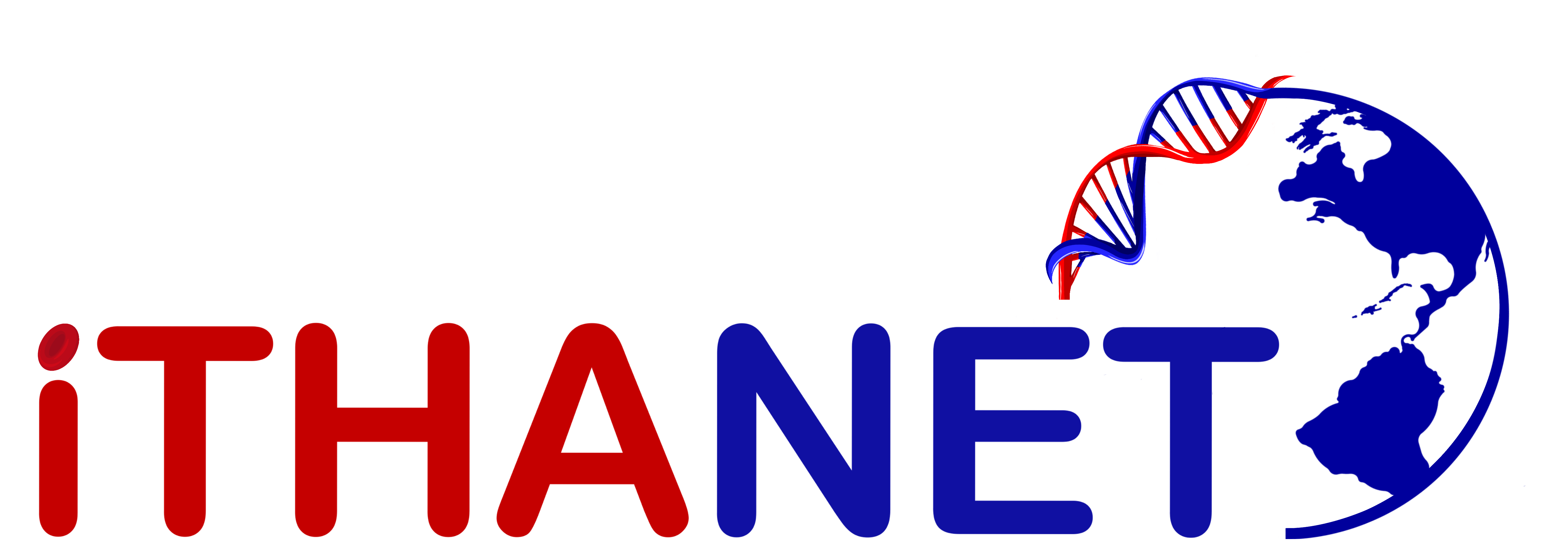Sickle cell disease (SCD) affects ~90,000 people in the U.S. who suffer significant neurological, lung, and kidney damage, as well as severe chronic pain episodes that adversely impact on quality of life. While current medical therapies for SCD can reduce short-term morbidity, the inevitable progressive deterioration in organ function results in a significant decrease in quality of health with early mortality. Allogeneic hematopoietic stem cell transplant (HSCT) can benefit patients with SCD, by providing a source for life-long production of normal red blood cells. However, allogeneic HSCT is limited by the availability of well-matched donors and immunological complications, especially for the more than 80% of patients who lack an HLA-identical sibling donor. Autologous HSCT using a patient's own bone marrow stem cells that have been corrected by transfer of a modified human beta-globin gene that inhibits polymerization of the HbS (stem cell gene therapy) may provide a better therapeutic alternative, as it would avoid the immunologic complications and donor limitations of allogeneic HSCT.
Up to 6 subjects with SCD lacking matched sibling donors and meeting eligibility criteria for disease severity and adequacy of organ function will be enrolled. Following informed consent, enrolled subjects will be screened to confirm full eligibility for participation. Eligible subjects will undergo bone marrow harvest (with a portion cryopreserved as "back-up") with the remaining portion of marrow used to prepare the gene-modified Final Cellular Product: autologous bone marrow CD34+ cells transduced ex vivo by the Lenti/βAS3-FB lentiviral vector to express an anti-sickling (βAS3) gene. The subject will receive marrow cytoreduction with busulfan prior to infusion of the gene-modified cells. The follow-up period will include an initial 2 years of active end-point evaluations, where the subjects will be seen at intervals of no more than 3 months, followed by offer for enrollment into a long-term follow-up study during years 3-15.
The primary objectives of the Phase I study are to assess safety and feasibility, with secondary objectives to assess efficacy (engraftment, βAS3-globin gene expression, and effects on RBC function and clinical hematologic and disease parameters).
More information: clinicaltrials.gov, ITHANET Clinical Trials




